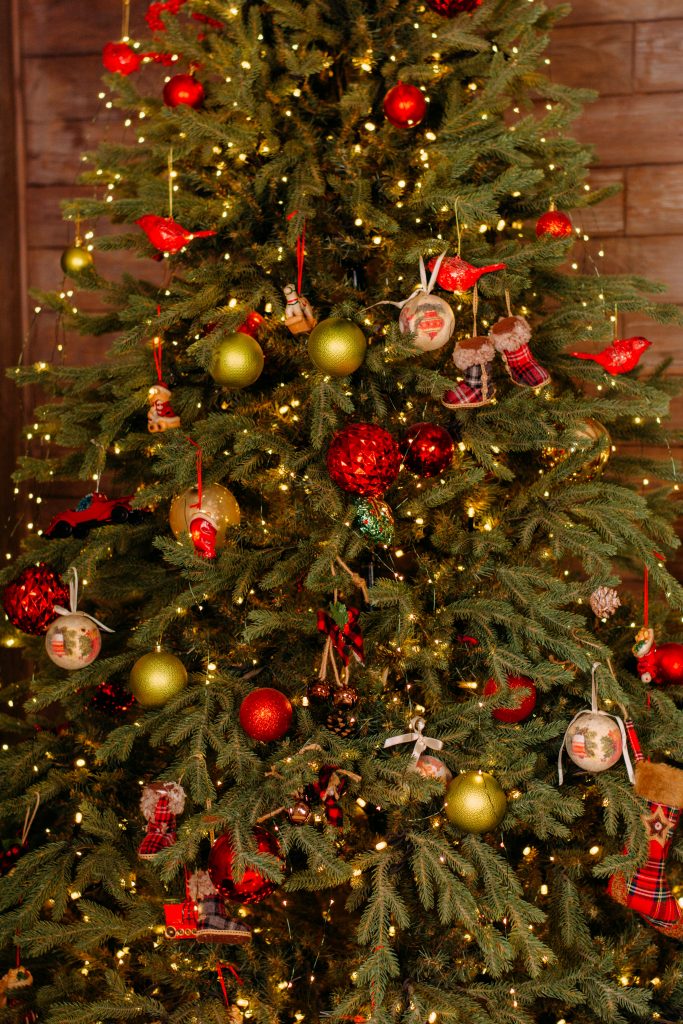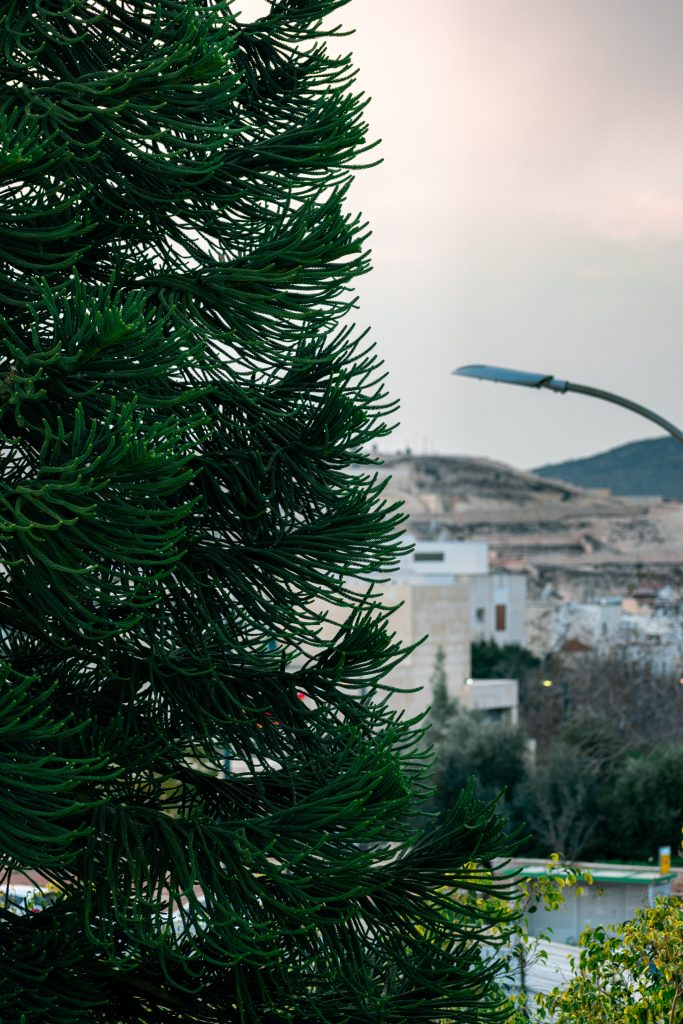Christmas, the most awaited time of the year, the magical time of the year with the snowfall, twinkling stars, the happy faces singing carols, children being waiting wholeheartedly for Santa, the merriment in exchanging gifts, small but dazzling Christmas trees, after all, welcoming baby Jesus together with our family ….. the festivity and spirit of Christmas are eternal.
As the name suggests, Christmas tree syndrome is a seasonal illness. Christmas trees and even our Christmas wreaths can also contribute to this, the presence of growing moulds on Christmas trees, especially in a closed environment like our bedroom/living room as these are the 2 places we are likely to put a Christmas tree, but we can’t keep away from trees in the season. They are the essence of the season. The festivities are not complete without a Christmas tree. Often people encourage the use of plastic Christmas trees, but many European countries still promote the use of live trees, they are cut weeks ahead of time and stored carefully so that they will be ready for Christmas. Before being delivered to our homes these trees are tightly packed, moisture along with the tight packing promotes the growth of the moulds, which will initiate the Christmas tree syndrome.
Symptoms of the syndrome
If we feel coughing and sneezing after we put up our Christmas tree for the year, then it can be concluded as Christmas tree syndrome.
The general symptoms of the syndrome can be deceiving and can be mistaken for the common cold, however, if the symptoms arise after we put up the tree and goes away if we lost contact with them, then it is for sure Christmas tree syndrome.
Common symptoms include:
- Coughing
- Sneezing
- Sinusitis
- Watery eyes
- Throat swelling
- Fatigue
- Skin rashes
- Chest pain
- Itchy nose
- Lethargy
- In some cases insomnia
HOW TO TREAT CHRISTMAS TREE SYNDROME
- First, try to use an artificial tree, but if we insist on using a live tree, then certain measures should be taken so as to make sure our Christmas is not ruined,
- Clean the tree thoroughly before taking it into the house
- Preparatory to bringing it inside make sure to use a leaf blower to remove the pollen grains as much as possible
- If possible, try to put the tree outdoors, easily visible from indoors, if not then, at least place it in cold areas like the porch, as the molds tend to grow fastly in a moist environment
- We can ask for help in decorating the tree, so the exposure will be minimized
- Make sure to clean all the ornaments as they attract these molds very easily, after the season store them in plastic containers.
- Make certain to wear gloves while decorating and change the clothes into fresh ones once we are done.
- It is not advisable to keep the tree in the house for more than 7 days, especially if we are allergic.
- Use an air purifier in the room.
- Long-acting and non-drowsy antihistamines can be used.
- For sinusitis, a nasal wash can be used. Nasal steroid sprays can also be used
- In the case of skin rashes, hydrocortisone cream can be used.
- If all the above methods are in effect then hospital consultation is preferable.

Even though Christmas is a happy occasion we have to take the necessary steps to avoid turning our celebrations upside down. Christmas tree syndrome is not a serious condition, it is very much similar to common cold, but that is enough to make our merrymaking very disturbing, so to enjoy the season gleefully, take all the necessary precautions to avoid the syndrome and relish every single point of the season.

Thanks for this new information
Keep going..
Very insightful…! Expecting more articles in future…!
It’s a new piece of info. Gd work👍
New information.keep going 👏
New information, keep up the good work 👍
Informative article 💯
Good info👏👏
Waaw keep going girl❤❤❤❤❤